What will it take to consider Golden Road a success?
I consider Golden Road a success every day I walk in here, but I think there’s a lot more to us feeling like a success than getting a lot of volume at market or getting positive reviews. I think each one of us – I know certainly for Tony, Meg and myself and Skipp Shelly, and the other people trying to build this thing – we won’t be satisfied with where we’re at. We’re always going to keep pushing ourselves and pushing each other. I think that’s kind of the thing that makes each of us successful here. I don’t walk in here and say, “We’ve got a bunch of beer in kegs. We did good.” Or “We got to market with 30 or 40 different accounts. We’re doing good.” I look and see all these challenges we have ahead of ourselves, and the fact that we keep putting the bar higher, if we get to that bar, then we set it higher again.
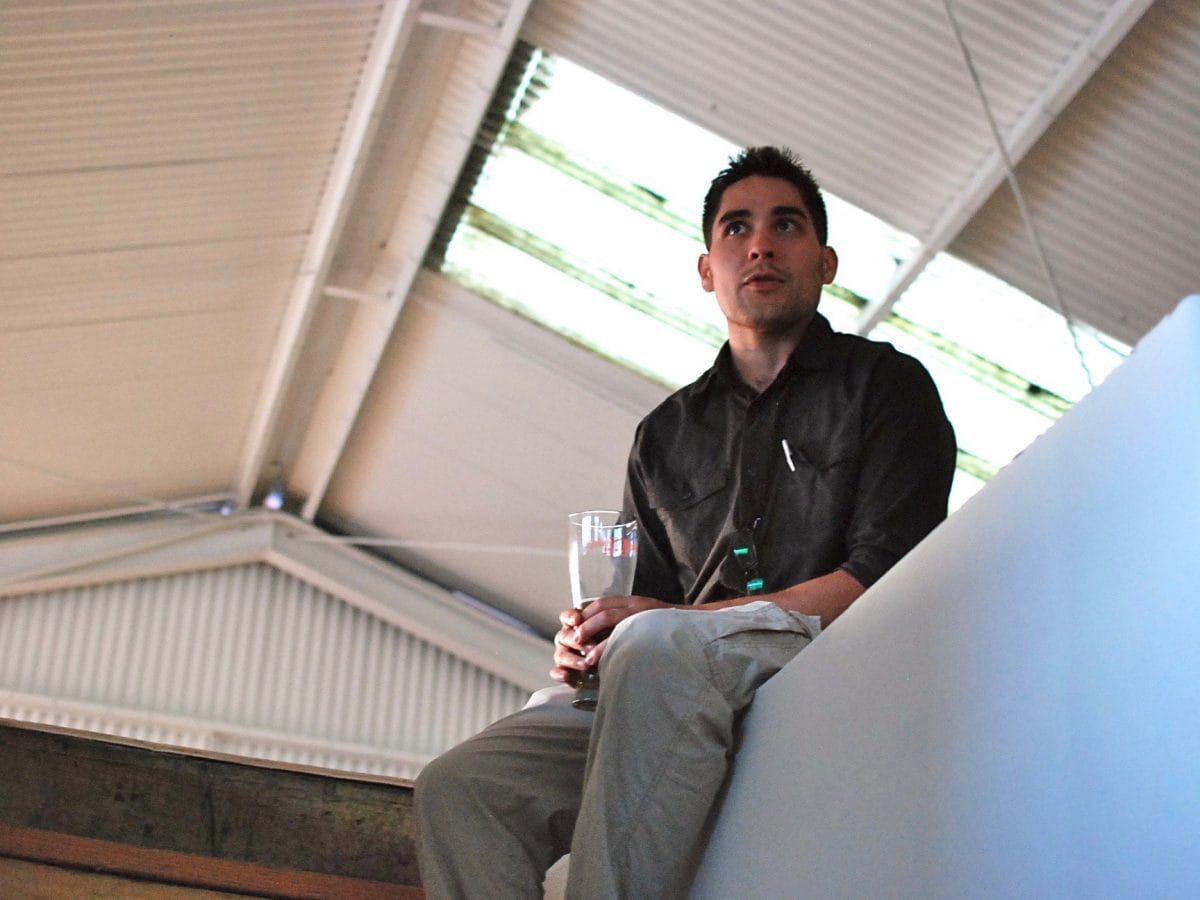
What are the biggest challenges you see?
We’re building a brewery. There’s a challenge every day. Just infrastructurally, getting everything built and engineered appropriately. Getting the most creative, interesting recipes out on the market, and then certainly getting those beers and recipes out on the market consistent. That’s one of the biggest challenges that any brewer faces. For us that was the first thing we talked about when we started talking about this project. It’s not enough for us to just have really creative, interesting beers out there. We want also to have creative, interesting beers that the customer can go anywhere and expect what they’re going to get from that beer, the same every single time. And we want to kind of feel like we’re respecting the people on the other end that are keeping us in business, because, to be honest, if I brew the same beers every time, and one time, someone says, “Sometimes your beer’s good, sometimes it’s not, or sometimes it’s different,” it’s just not a respectful thing to do. We try really hard to make a quality, delicious beer, but also make it consistent. That will be a challenge every day, not only for everyone here, but also for every brewer out there.
You’ve brewed three beers so far. How did you decide which beers to go with, and what was that process like, working with Tony and Meg?
We all just talked about it. Maybe the first two, just working with Tony and Meg, it was just the three of us talking about what our favorite beers were. We would get together and just sit around the table with 15-40 beers in front of us and try a little bit of each, and talk about what turned us on about these beers, or what we wanted in our beers as well. Now we’ve got an even bigger breadth of knowledge, resources and ideas to pull from with everyone else available to us on this project. We sit out here, do our taste panels every day. Every one of the brewers will sit down with me and we’ll drink all our beers, make sure that they’re good, make sure they’re good at different stages and that they’re exactly where we want them to be. Then we usually sit down and talk about what else is interesting out there. We have a couple smaller brewer special release beers that we’re going to be coming out with every couple weeks. It kind of goes back to what we were talking about earlier. This isn’t just Meg or Tony or Jon guiding us. This is all of us working together as a family and doing something we’re all super proud of. It’s so much more rewarding to draw from everyone in here, as opposed to saying, “Everyone, we’re going to execute on this idea.” Instead, we want to execute on getting the best ideas first. Then when we have the best ideas, challenge ourselves to turn that into reality.
Why start with an IPA and a Hef?
Really, it just came down to when Tony, Meg and I sat down at a table and talked about what our favorite beers were out on the market that we wanted to drink, or what other people would want to drink. Those were the first two that came to mind. It’s a beautiful, sunny, outdoor area, and we want refreshing beers that you could drink outside our that you could enjoy anywhere. For us, one of the biggest things we wanted to challenge ourselves with was getting that IPA out there that had a lot of the robust flavors and aromas that we’ve come to expect in a lot of our West Coast IPAs, but also take that and make it a more appropriate alcohol level, but also do a few things to differentiate our IPA from other IPAs on the market, but still deliver on the big flavors that people love. Tony, Meg and I all drink a lot of IPAs, so we thought, here’s a really cool spot to start.
With the Hef, it’s a perfect outdoor, good weather beer and we wanted to do something that was fairly traditional. We talked about a lot of really great Berlin Hefeweizens – Franziskaner, Spaten and Paulaner – we all like those but we wanted to take it and make it a little bit more our own. We played around and found the best yeast we could use that really gave us this traditional German style Hefeweizen flavor, but also we wanted to incorporate California into it, so we added a small portion of California fruit that we throw in right at the end, and it gives it this nice little tart, citrusy finish that isn’t quite traditional.
Are you happy with where those beers are at, or do you plan to continue to tweak the recipes?
Both. I think we’re all pretty happy with the way they’re tasting now. If we weren’t, we’d dump it. Nothing’s worth us going to market with a beer we’re not proud of, but we also realize there’s so much opportunity for us to get better, not only those two brands, but everything. We’re not going to settle, “Okay, we’ve got this recipe, we’re good to go, people seem to like it.” We’re going to continually sit around this table, have the beers and talk about, “What can we do with this beer to make it even a little bit more complex? How would we like to change it? Do we want it to have a fuller mouth feel? Do we want it to have a higher or lower amount of this citrus? Do we want it to have more of these banana esters? Do we want it to have this or that?” It goes on and on and on, but we’ll always do that with every one of our beers.
Once the brewpub opens, how will that influence what you do in the brewhouse?
You know what, I’m sure it’s going to influence what we’ll do in the brewhouse. I think what it will do, is it will push us a little bit more to add more small batch releases. Right now it gives us a freedom to kind of have a forum to display a lot more different things. Our focus has been and will continue to be – at market – really making sure we’re super consistent. We spend a lot of our time. We spend 90% of our efforts brewing on getting those two recipes tweaked and make sure they’re right where we want them. When we have the brewpub open, it will be kind of nice to have a lot of one-off things. We’ll be able to run a lot of single cask beers in there, something unique that I think a lot of people will get a kick out of.
So you’ll have beers in there that you can’t find anywhere else?
Yeah, absolutely.
You haven’t been in Los Angeles all that long, but I’ve seen you out at a lot of different beer events. Where have you found that you’ve enjoyed drinking beer around town?
Actually, it’s kind of amazing to be where I’m at right now, and obviously great to be able to work with Tony and go to his places. Tony’s Darts Away and Mohawk are just amazing venues to be able to try new beers. The whole neighborhood I’m living in – Silver Lake – things are just popping up more and more. Sunset Beer Co. is just an amazing testament to the growing culture that’s surrounding the beer scene. Jimmy opening up his place – Beer Belly – down in K-Town has been really cool. But it just seems like everywhere you turn now, someplace is opening up that’s really unique and new. Certainly being able to work with Skipp Shelly and have him shepherd me around and show these new cool places is pretty often. It makes me feel really good about where I am.
If you could only drink one more beer, and it couldn’t be your own, what would it be?
Wow, wow, that’s kind of a crazy question. I don’t know. I think one of the most amazingly impressive beers I’ve had recently has been the Cantillon Kriek. Just drinking that beer and trying to think about the different layers of flavor, it’s fantastic and pushes me to want to be a better brewer.
Where would you enjoy drinking it, if you could only have one more glass?
Here. I think sitting right here in my brewery is really the best venue I could ever see. Being able to be here this last weekend [at the grand opening] and to be able to share what we’ve put our heart and soul into made it feel like home. I’d be okay drinking it right here.

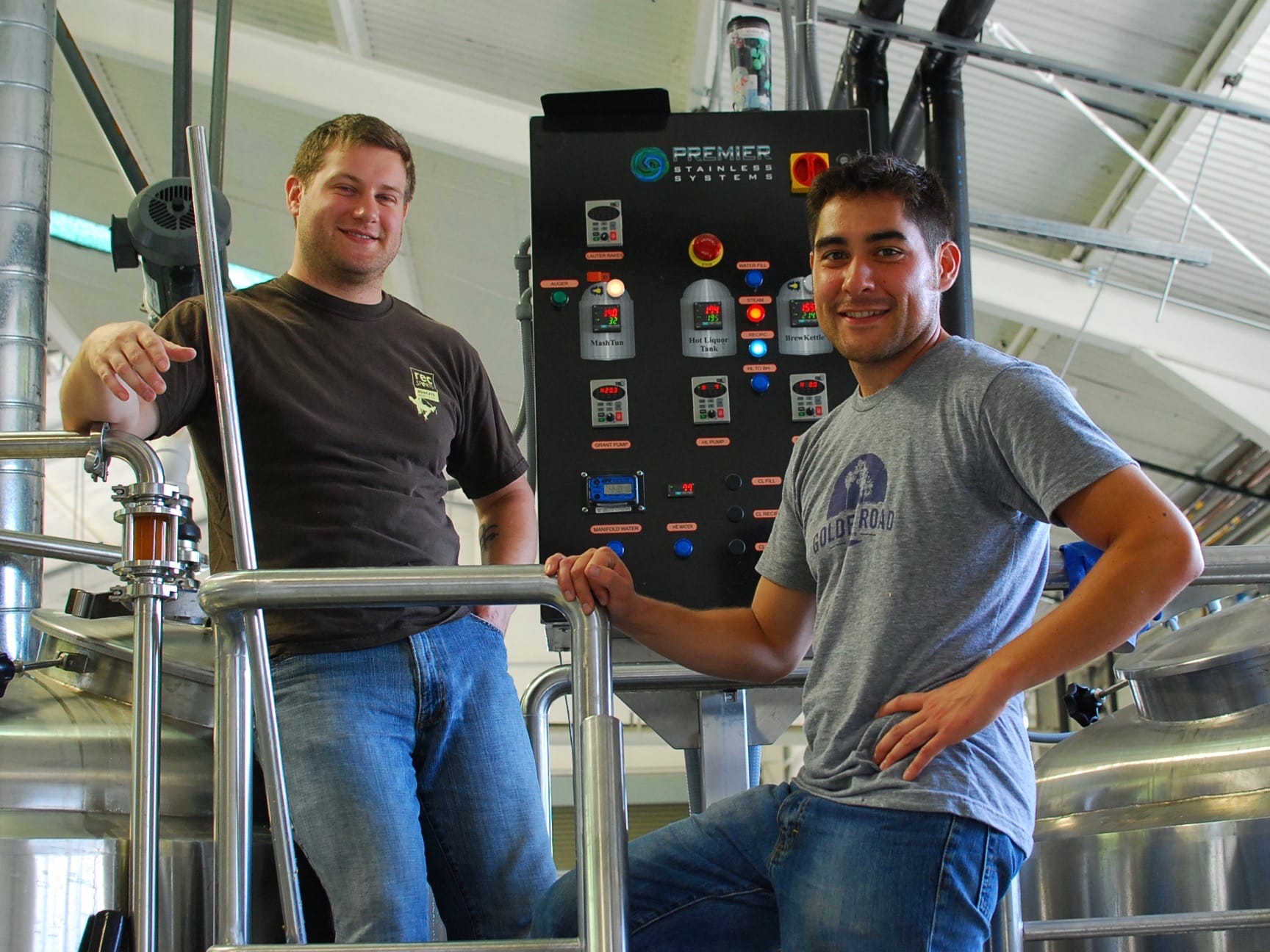
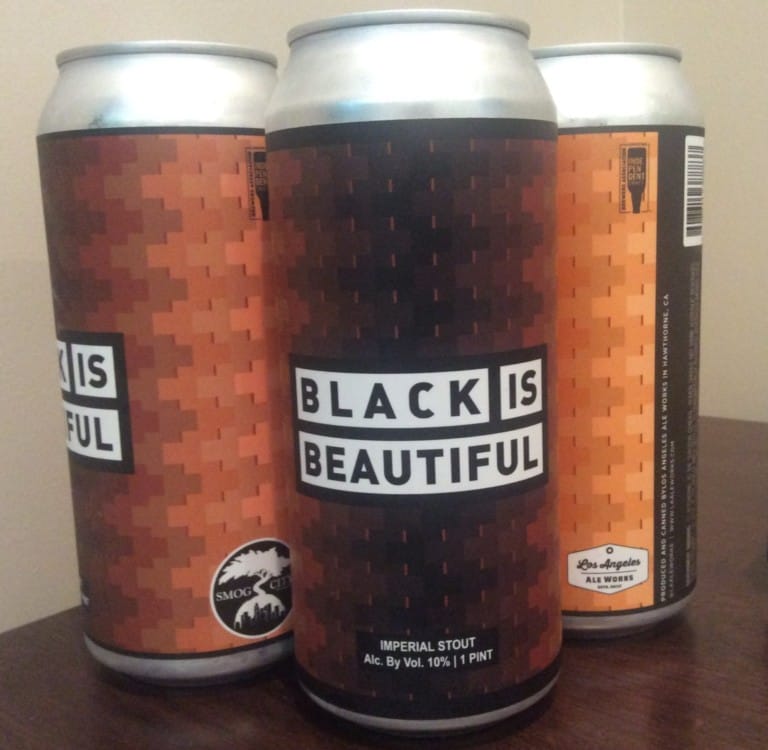
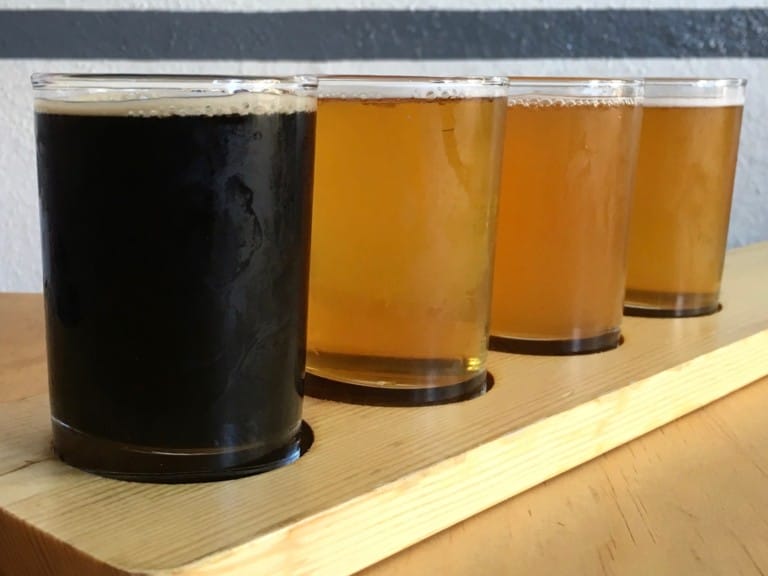
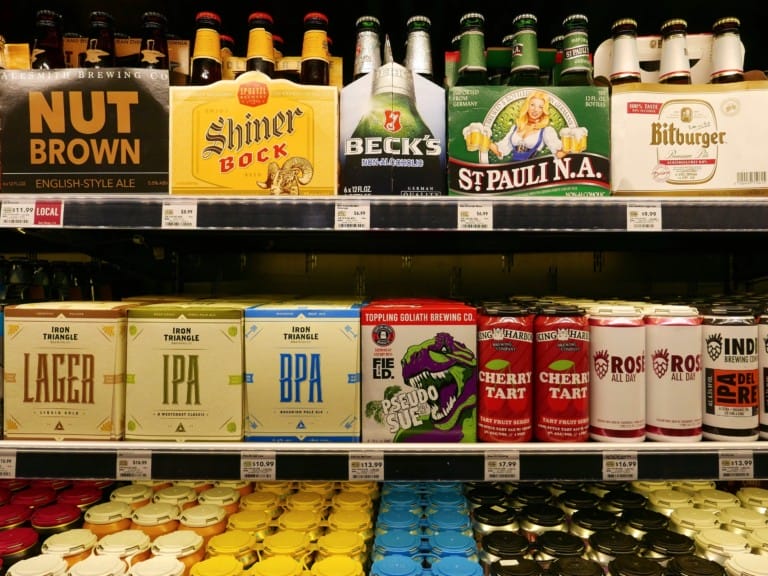




Leave a Comment